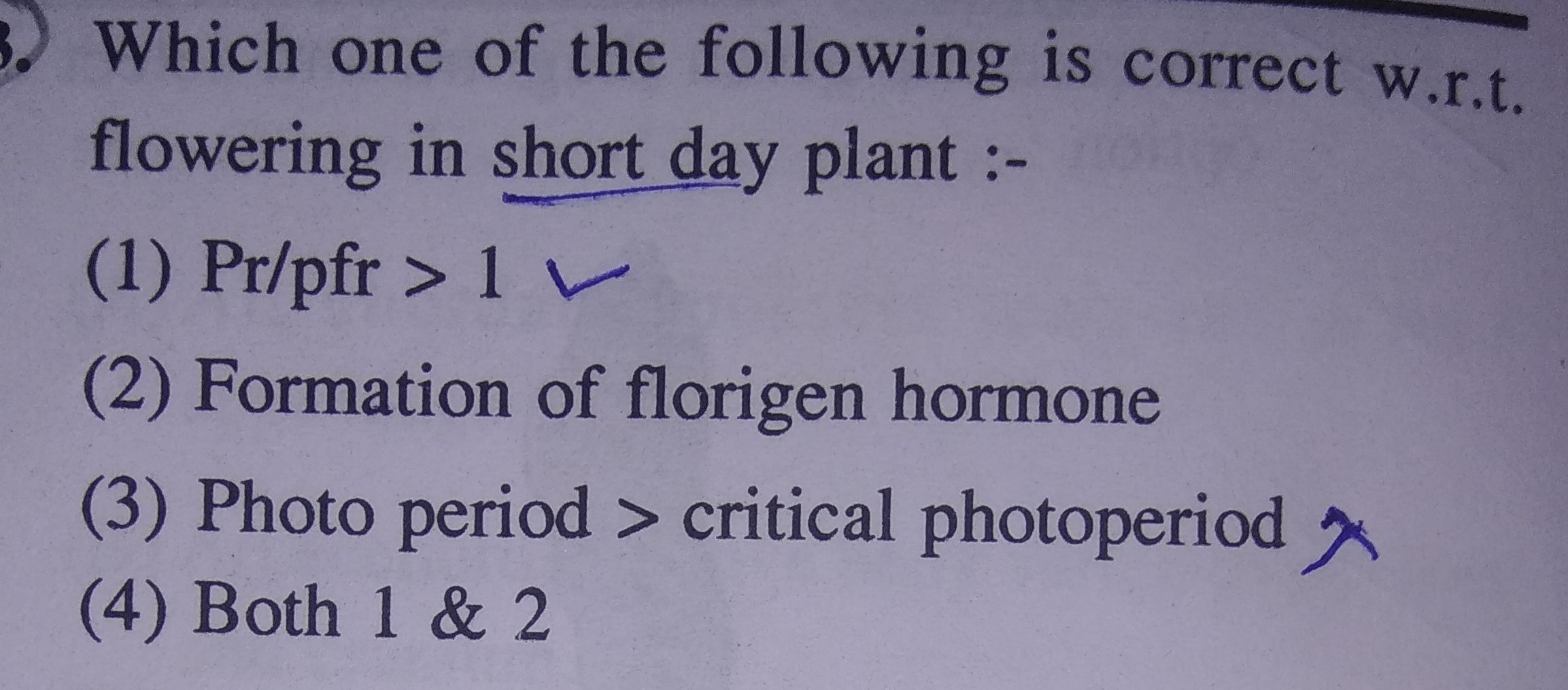Plant Growth and Development
Plant Growth and Development PDF Notes, Important Questions and Synopsis
SYNOPSIS
- Growth is an increase in the size of an organism or part of an organism, usually as a result of an increase in the number of cells.
- An auxanometer is used to measure the rate of growth in terms of shoot length.
- Phases of Growth
- Growth rate is the number of individuals added per thousand individuals which is represented by a growth curve.
- The population growth curve is of two types—arithmetic growth and geometrical growth [sigmoid growth curve (S-shaped)]
- Totipotency is the ability of a single cell to divide and develop into a new organism.
- A growth regulator or phytohormone is an organic substance produced naturally in plants controlling growth and other functions.
- Physiological Effects of Plant Growth Regulators
Hormone
Effect
Auxins
-
Promotes the elongation and the growth of stems and roots.
-
Promotes cell division in vascular cambium.
Gibberellins
-
Cause stem elongation and leaf expansion but have no effect on roots.
-
Break dormancy of buds and tubers.
-
Used to promote elongation of internodes in sugarcane.
Cytokinins
-
Stimulate cell division and prevent the onset of senescence in tissues.
-
Promote the growth of lateral buds.
-
Break dormancy of seeds.
Hormone
Effect
Ethylene
-
Inhibits the growth of lateral buds and causes apical dominance.
-
Breaks the dormancy of buds and seeds.
Abscisic Acid-
Induces and maintains dormancy in many seeds.
-
Inhibits cell division and cell elongation.
-
- The response of plants to the relative lengths and alternations of light and dark periods with respect to the initiation of flowering is called photoperiodism.
- Vernalisation is a method of inducing early flowering in plants by pre-treatment of their seeds at low temperature.
Download complete content for FREE 
NEET - Biology
Asked by prabhanshusingh80 | 10 Oct, 2020 02:41: PM
NEET - Biology
Asked by anaswaramadhunambiar | 20 Sep, 2020 01:39: PM
NEET - Biology
Asked by jhajuhi19 | 11 Mar, 2020 02:02: AM
Related Chapters
- The Living World
- Biological Classification
- Plant Kingdom
- Animal Kingdom
- Morphology of Flowering Plants
- Anatomy of Flowering Plants
- Structural Organisation in Animals
- Cell : The Unit of Life
- Biomolecules
- Cell Cycle and Cell Division
- Transport in Plants
- Mineral Nutrition
- Photosynthesis in Higher Plants
- Respiration in Plants
- Digestion and Absorption
- Breathing and Exchange of Gases
- Body Fluids and Circulation
- Excretory Products and their Elimination
- Locomotion and Movement
- Neural Control and Coordination
- Chemical Coordination and Integration
- Reproduction in Organisms
- Sexual Reproduction in Flowering Plants
- Human Reproduction
- Reproductive Health
- Principles of Inheritance and Variation
- Molecular Basis of Inheritance
- Evolution
- Human Health and Disease
- Strategies for Enhancement in Food Production
- Microbes in Human Welfare
- Biotechnology : Principles and Processes
- Biotechnology and its Applications
- Organisms and Populations
- Ecosystem
- Biodiversity and Conservation
- Environmental Issues




